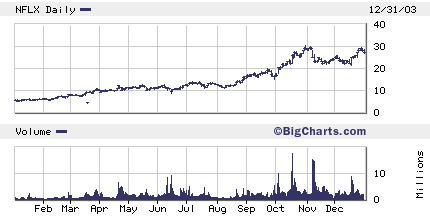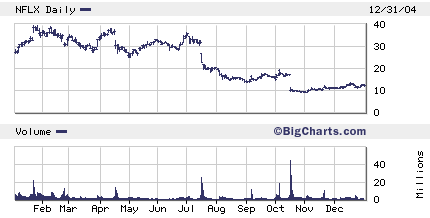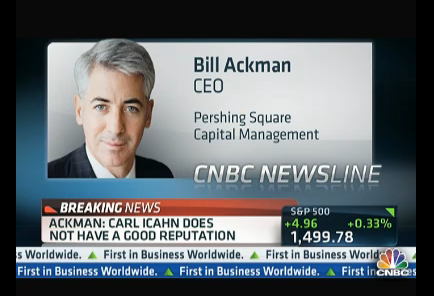Wynn Resorts (WYNN) announced on Tuesday evening that its Founder, Chairman, and CEO Steve Wynn purchased more than 1 million shares of stock on the open market between December 4th and 8th, bring his total ownership to more than 11 million shares (about 11% of the company). The stock reacted well today to the news, rising $8 to around $70 per share.
I posted earlier this year about my belief that shares of WYNN are very undervalued. After peaking at $249 in March 2014, I began to get interested below $110 in the spring and have been averaging down my clients' average cost basis during the stock's swoon. Wynn's purchases this month took place when the stock traded between $60 and $66. This insider buy is interesting on multiple fronts. Let me touch on some that come to mind.
1. Owner-operators like Wynn typically sell their shares over time
Founders who continue to run their companies often have large equity stakes. In most instances these folks will sell shares steadily over time for diversification purposes. What makes this transaction so notable is that Wynn already owned 10% of the company (worth nearly three-quarters of a billion dollars) and yet he still bought more stock. This is rare. Think of the times we have heard about the likes of Bill Gates, Mark Zuckerberg, or Jeff Bezos trade in their company's stock. They almost always sell.
2. Most insider buys are small
Although it doesn't happen as much as one might hope, when CEOs buy shares in their own company (in the open market with their own cash, not via exercising stock options) the buys are typically relatively small compared with their actual compensation. These kinds of trades are seen by many investors as merely token purchases made for the sake of optics (as opposed to a large financial bet). If a CEO who makes $5 million per year buys $500,000 or $1 million worth of stock once every 5 or 10 years, that hardly signals to investors that they really think it's a great investment. Wynn's purchase of 1 million shares is unusual in this respect as well. He spent more than $60 million of his personal funds. That is a lot of money (even for Wynn, who is much wealthier than the average CEO). Think about all of the things he could have bought with $60 million. While it is clear speculation on my part, I think Wynn actually made this move with financial motivations first and foremost.
3. What does this move say about the intrinsic value of WYNN stock?
So why did Wynn buy stock now? After such a huge drop (75% from the peak less than two years ago), should we assume he didn't think it was undervalued until now? Why not buy at $150 or $100? Did he think the shares were fully valued at $75 or $80? Again, this is pure speculation, but if you buy into my argument that he already has plenty of shares, even if he wanted to signal a vote of confidence he could have done so with a far smaller buy (even $5 million would have been far more than most every other CEO purchase). I would guess that Wynn made this particular move because he thinks the stock's decline had simply reached "ridiculous" territory. If he is making this investment simply to make money, and he thinks the stock price now is irrational, then why not make a big bet on that view? Conversely, if he was simply trying to stem the stock's decline with a headline, why not do so after the stock fell by $100 per share? What about after it fell by $150? Instead he waited until it dropped by nearly $200 per share. Why? My guess: because it's just too darn cheap to ignore, even when you already own 10 million shares.
4. How does my view of the stock change with this news?
It doesn't. I thought the stock was materially mispriced the day before the news hit and I feel the same way the day of the announcement. Will I load up on even more shares now that Wynn is buying? Probably not anymore than I would have already. While his confidence is a positive signal, it's pretty hard to objectively argue that the stock has not been undervalued for quite some time. The fact that Steve Wynn likely has the same opinion should not come as a surprise.
5. Should investors jump in now, based on this news?
Wynn stock popped 13% on this news, probably mostly due to short covering. In most instances moves like that are short-lived, either because the news is forgotten in a matter of days, or because the next material news item for the company will likely be deemed more important. I would guess that the stock gives up much, if not all, of this pop over the coming days and/or weeks. After all, the next big catalyst for the stock is the opening of the new $4.1 billion Wynn Palace property on the Cotai strip, which has been pushed back from the end of Q1 2016 to the end of Q2 2016. Until then, the same concerns that have plagued the stock for the last year (the huge slowdown in Macau gaming revenue) are unlikely to abate.
Full Disclosure: Long shares of WYNN at the time of writing, but positions may change at any time















